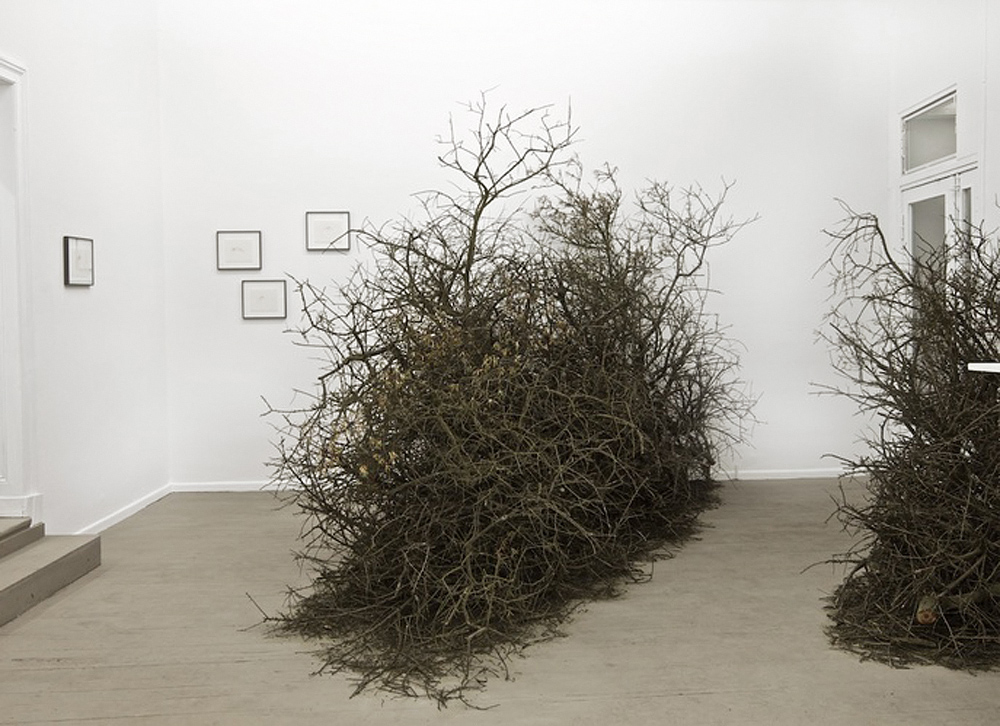
Timotheus Vermeulen & Robin van den Akker recently published an article in Studia Neophilologica, titled ‘Utopia, Sort of: A Case Study in Metamodernism’ (2014, 1– 13), in which they discuss the emergence of a decidedly metamodern figure of Utopia (as trope, individual desire or collective fantasy). The following excerpt is taken from the introductory section on metamodernism:
As the prefix “meta” (i.e. after, beyond) suggests, the case for metamodernism depends on a break with – or, rather, the sublation of – a postmodern moment, which, as so many others already argued (Eshelman 2008 ; Kirby 2009 ; Bourriaud 2009 ; Moraru 2010 ; Nealon 2012 ), has lost its sway on contemporary aesthetics and culture. We think, here, of the waning of a host of different impulses, which nonetheless share some kind of family resemblance – Jameson’ s “senses of an end,” if you will – such as pop art and deconstructive conceptual art (from Warhol to Hirst, by way of Koons); punk, new wave and grunge’ s cynicism in popular music; disaffected minimalism in cinema; spectacular formalism in architecture; meta-fictional irony in literature, as well as the whole emphasis on a dehumanizing cyberspace in science-fictions of all kinds. Since the turn of the millennium, however, we have seen the emergence of various “new,” often overlapping, aesthetic phenomena such as the New Romanticism in the arts and the New Aesthetic in design, the New Sincerity in literature and the New Weird or Nu-Folk in music, Quirky Cinema and Quality Television, as well as the discovery of a new terrain for architecture, each of them characterized by an attempt to incorporate postmodern stylistic and formal conventions while moving beyond them (See, in order of appearance, Konstantinou (2009); Vermeulen &. van den Akker (2010), Allen and McQuade (2011); MacDowell (2012); Sterling (2012); Vermeulen & Rustad (2013); Poecke (2014)).
Meanwhile, we witness the “return” of realist and modernist forms, techniques and aspirations (to which the metamodern has a decidedly different relation than the postmodern).
If postmodernism must be associated with socio-economic developments that Jameson described, following Mandel, as late capitalism, metamodernism can be seen to be intertwined with social and economic tendencies that have come to be labeled under the cognomen of global capitalism. The various preconditions for this shift from late capitalism to global capitalism – gradually set in place in preceding decades – all converged and coagulated around, or after, the turn of the millennium. It was in the 2000s, after all, that the maturity and availability of “digital” technologies and “renewable” technologies reached a critical threshold; the millennial generation came of age determined to recreate the world in its own image; the BRICs rose to prominence; the era of cheap oil and fantasies of nuclear abundance gave way to fracking-induced dreams of energy independence; “Project Europe” got derailed; immigration policies and multicultural ideals backlashed in the midst of a revival of conservative nationalism; US hegemony declined; the Arab Spring toppled many a dictator that had long served as a puppet for Western interests; bad debts became, finally and inevitably, as much a problem for the First World as it always has been for the Third World; and the financial crises inaugurated yet another round of neoliberalization (this time by means of austerity measures of all sorts), exposing and deepening the institutionalized drive towards economic inequality and ecological disaster.
Each in their own way, these developments gathered momentum in the 2000s, and “jelled and combined” – to use Jameson’ s (1991 : xix) apt expression – to kick-start History (Vermeulen & van den Akker 2011 ).
The re-emergence of the figure of utopia in contemporary art is related to all of these developments (in capitalism as well as in culture and aesthetics). This is to say that “ Utopia” – as a trope, individual desire or collective fantasy – is once more, and increasingly, visible and noticeable across artistic practices that must be situated in, and related, to, the passage from postmodernism and metamodernism.
You can download the essay here (and it’s freely downloadable until March 2015, courtesy of Routledge).
Image: Paula Doepfner, Promessus, installation view, courtesy Galerie Tanja Wagner
